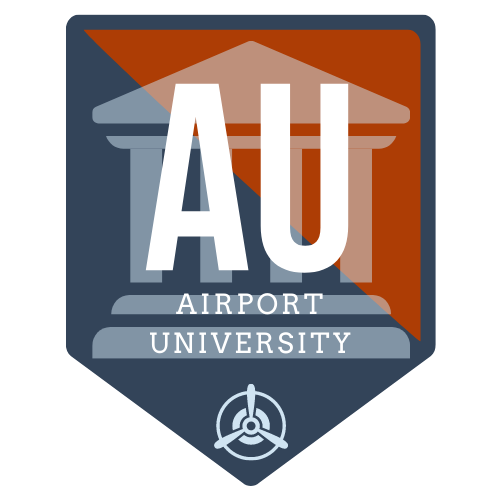Generally speaking, revenue generated by the airport, must stay with the airport. The basis of the US civil aviation system is founded upon the principle that users of aviation pay for aviation. The hardline that the Federal government takes on revenue diversion aligns with that time philosophy. The concept is codified into law in both 49 USC 47107 and 49 USC 47133.
The premise of 49 USC 47107 and 49 USC 47133 is that airport generated revenue must be used to pay for airport operating and capital expenses. Using airport revenues for purposes other than airport operating or capital expenditures is generally considered revenue diversion, a violation of federal law. The three categories that 40 USC 47107 allows revenue to be used for includes:
- the airport
- the local airport system
- other facilities owned or operated by the airport operator and directly and substantially related to the airport transportation of passengers or property.
Federal law, regulations, and policy goes further by clarifying that airport revenues include all fees, rents, charges, and other sources of revenue from anyone who uses the airport. [1]United States, Department of Transportation, Federal Aviation Administration. (1999). Eral register 7695 Tuesday February 16, 1999 Part II Department of Transportation Federal Aviation … Continue reading
Additionally, Grant Assurance 25 governs revenue diversion for all airports who are entitled to comply with grant assurances (see Grant Assurances). It is applicable to both public and private airports who have accepted federal funding after October 1, 1996 through Airport Improvement Program (AIP) grants. Failure to comply will land the airport on the Airport Noncompliance List and be subject to both denial of future funding and repaying of grants received.
Authorized Use
Expenses that further the airport and the mission of air transportation are typically permissible. The FAA provides clear exceptions to revenue diversion in the FAA Airport Compliance Manual. Some of the authorized uses of revenue include:
- Capital and operating costs for the airport, airport system, or other facility owned by the airport that significantly contributes to air transportation
- Promoting the airport, services, and amenities aimed at increasing air travel
- Cooperative airline-airport marketing expenses to promote air service
- Reimbursing the airport for capital and operating costs
- Some mass transit projects that are entirely located on airport property
- Government services provided to serve the airport (police/fire)
- Lobbying and attorneys fees for airport related activity
- Some off airport projects that substantially improve airport operations, typically environmental or noise abatement related
Prohibited Use
There are some uses that explicitly prohibited. They are designed to protect the airport and the civil aviation system. Without the prohibitions, municipalities could divert money away from the airport to fund local initiatives to the point that the airport could not remain operational. Examples of prohibited uses of revenue include:
- General economic development of the municipality
- Marketing unrelated to the airport
- Payments In Lieu of Taxes (PILOTS)
- Using airport funds to makeup lost municipal revenue
- Subsidize the local or state government
- Direct subsidies of air carrier operations (some exceptions)
- Rental or use of facilities for non-aeronautical uses at less than fair market value
Penalties for Non-Compliance
Failure to comply with the revenue diversion policies can be a costly endeavor. The FAA can investigate non-compliance and punish the airport sponsor. Potential punishment include being placed on the Airport Noncompliance List (ACL), loss of future grant monies, repayment of grants received, civil penalties, and judicial enforcement.
As part of a responsible fiscal policy, airports are required to prepare, approve, execute, and submit a budget annually. There are other financial systems that ensure proper financial controls are in place. Some include submitting annual budgets to the FAA and others require an annual audit to ensure revenue was used appropriately (see Single Audit Act of 1984).
References
| ↑1 | United States, Department of Transportation, Federal Aviation Administration. (1999). Eral register 7695 Tuesday February 16, 1999 Part II Department of Transportation Federal Aviation Administration Policy and Procedures Concerning the Use of Airport Revenue; Notice (30th ed., Vol. 64, Federal Register). Washington, DC.https://www.faa.gov/airports/resources/publications/federal_register_notices/media/obligation_final99.pdf |


